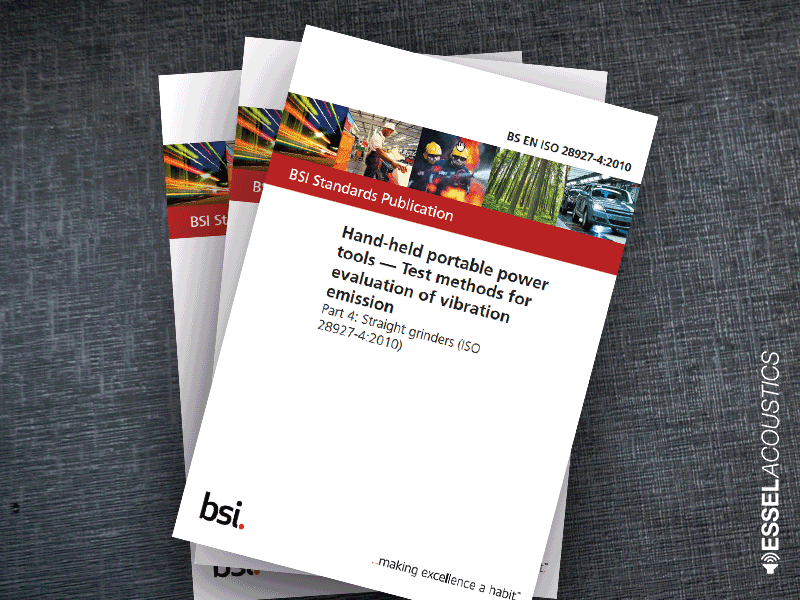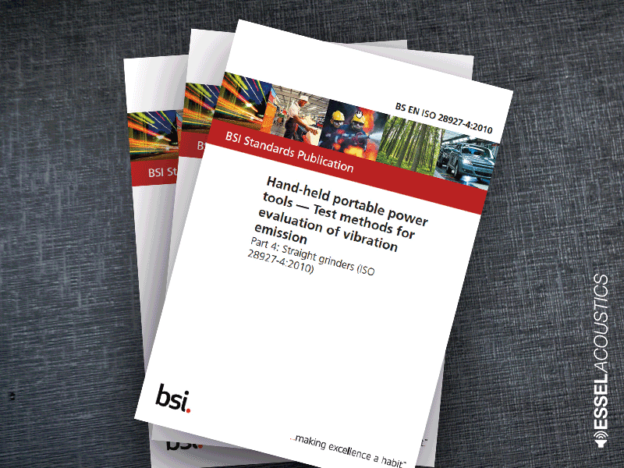 It’s likely that the widespread publicity about six figure fines for health & safety breaches has provoked employers to carry out a HAV risk assessment. Caution should, however, be exercised when using manufacturers’ declared vibration values of tools or equipment for determining the Daily Exposure A(8). It is important to understand how this data originates otherwise there is a possibility that staff exposure to vibration may be underestimated, increasing the risks of HAV related injuries such as carpal tunnel syndrome or vibration white finger.
It’s likely that the widespread publicity about six figure fines for health & safety breaches has provoked employers to carry out a HAV risk assessment. Caution should, however, be exercised when using manufacturers’ declared vibration values of tools or equipment for determining the Daily Exposure A(8). It is important to understand how this data originates otherwise there is a possibility that staff exposure to vibration may be underestimated, increasing the risks of HAV related injuries such as carpal tunnel syndrome or vibration white finger.
Manufacturers who produce tools or equipment that emit potentially harmful vibrations are obliged, under The Supply of Machinery (Safety) Regulations (2008), to declare vibration emissions along with other safety related information.

The manufacturers’ declared vibration emission values are usually obtained in accordance with harmonised European or international vibration standards, and in the UK these standards are published as British Standards. Test methods described in these standards are laboratory type tests applied in a careful and controlled manner to tools and equipment, so that a repeatable evaluation of vibration emissions may be determined.
In the real world workplace, however, the test conditions are very different to the controlled ones during manufacturers’ testing, which could lead to very different measured results. Generally speaking field measurements tend to be higher than laboratory acquired ones. There are many factors that affect the measured results in the field:
- tools or equipment used in the field might be aged and worn
- how worn out the consumables may be e.g. the sharpness of cutting edges and drill bits
- the type of workpiece encountered in the field
- operator technique
Manufacturers’ declared emissions data is still very useful when comparing vibration emissions of tools of the same type, enabling informed purchase decisions to be made; the vibration equivalent of ‘buy quiet’.
A word of caution: the comparison process must take into account the efficiency of tools for the operations concerned, as using a low vibration specified tool may lead to overall increased exposures if the task takes longer as a result.
A free guide to conducting a hand arm vibration (HAV) risk assessment is available for download. It explains, amongst other things, when you should carry one out, and what constitutes a competent risk assessment. Click here to receive it.

